There are many concepts that have an effect on the architectural experience, like place, space, form, funtion, materiality and structure.
PLACE
Relation of contrast (juxtaposition/abstraction), relation of camouflage (mimesis), relation of organicism (a nod to the place), contextualism (meaning, justification).
SPACE
CLASSIC SPACE
It is closed and compact due to the massive wall type.
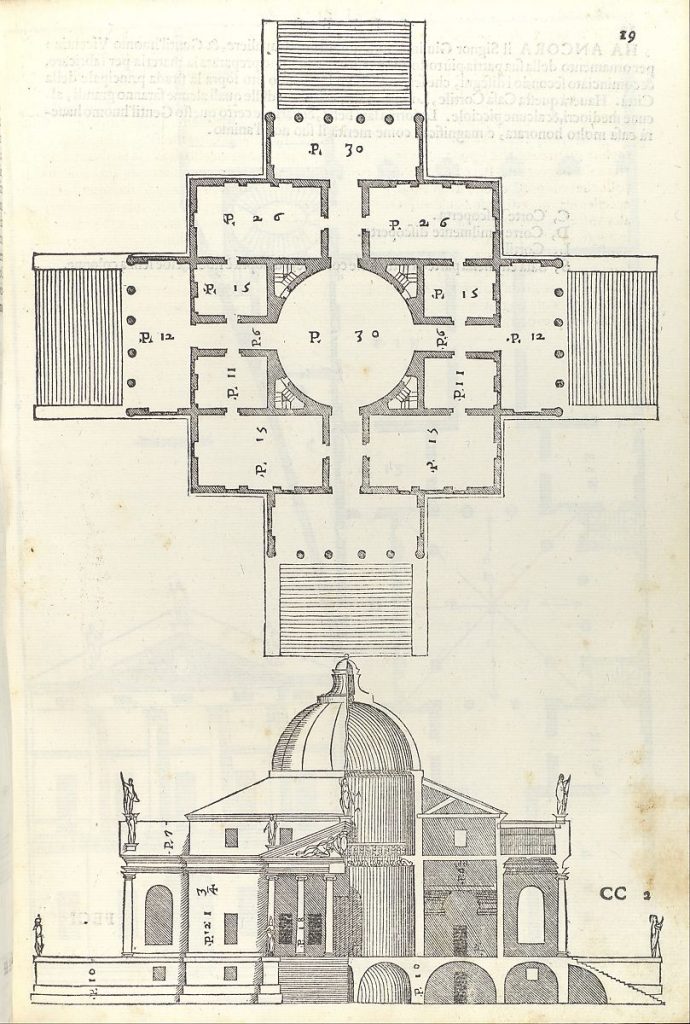
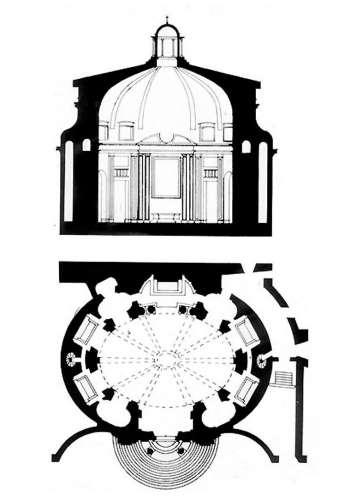
SPACES WITHOUT A CENTER
japanase (traditional) space


Based on modules of tatami, sum of individual rooms
modern space


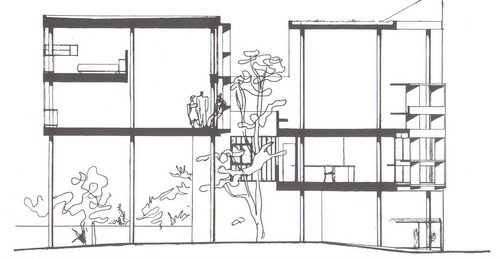
breaks the «box» and lets the space flow
Contemporary space
The entire building space is unique and continuous. The concept of FREE SECTION is born: it consists of ending the tyranny of the horizontal plane, deforming it, twisting it, etc.
FORM
rhythm: Sequence/repetition of shapes in space.
axis: linear element that marks a direction and distributes the space or elements around it.
symmetry: regular arrangement of parts or points of a body or figure in relation
to a centre, axle or plan.
hierarchy: relationship of supremacy of an element over others based on an established approach.
module: a unitary element which serves as a proportional unit, and which is repeated on the same scale or at different scales.
grid: composition based on a grid of axes serving as a guide.
movement: the irregularity of forms and the variants of order inspire the idea of movement, of displacement.
unity: the relationship of the parts to the whole so that nothing should be removed or added.
centrality: organization of space around a center that creates attraction towards it
balancing: complementary relationship between the elements of a composition
limits: it is the edge of the elements of the composition where there is a change from the rest.
light:
Architecture is the learned game; correct and magnificent of forms assembled in the light. Our eyes are made to see the forms under the light: the shadows and the clearings reveal the forms.
Le Corbusier
contrast: chromatic manifestation of the elements to be used
colour: chromatic manifestation of the elements to be used
texture: surface finishing of the elements involved in the final perception of architecture.
proportion: harmonic relation of dimensions according to certain mathematical or geometric rules.
scale: relation between the size of the building and the size of the human being.
Sizing referred to a selected unit.
FUNCTION
mechanical→ industrial revolution, form is direct + mech consequence of its function, beauty comes from perfect mechanical efficiency not for the deliberate search of beauty.
organic→ form takes on a biological sense, adapts itself to the living functions carried out in the environment. develops from within outwards
moralism functionality → Beauty means to make visible its utility, defining what is useful acquires a capital importance in this approach to modern functionalism and becomes a moral issue
MATERIALITY AND STRUCTURE
technology form and materials are related
materials → technology and materials are replaced with new ones but shames remain, expressed as symbols of the first materials and the primitive need to protect man.
traditional materials: stone, earth, bricks, wood
modern: steel, concrete, glass
technology → roman construction inert strength, only condition stability
roman construction
romanesque
gothic

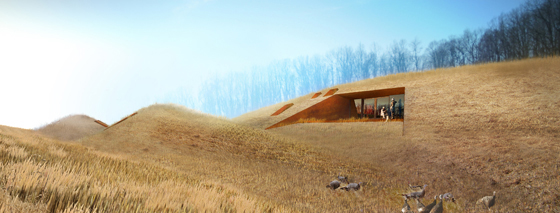
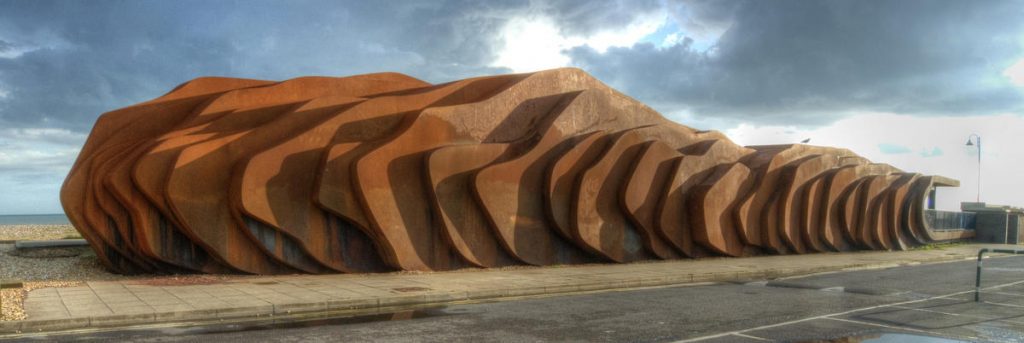


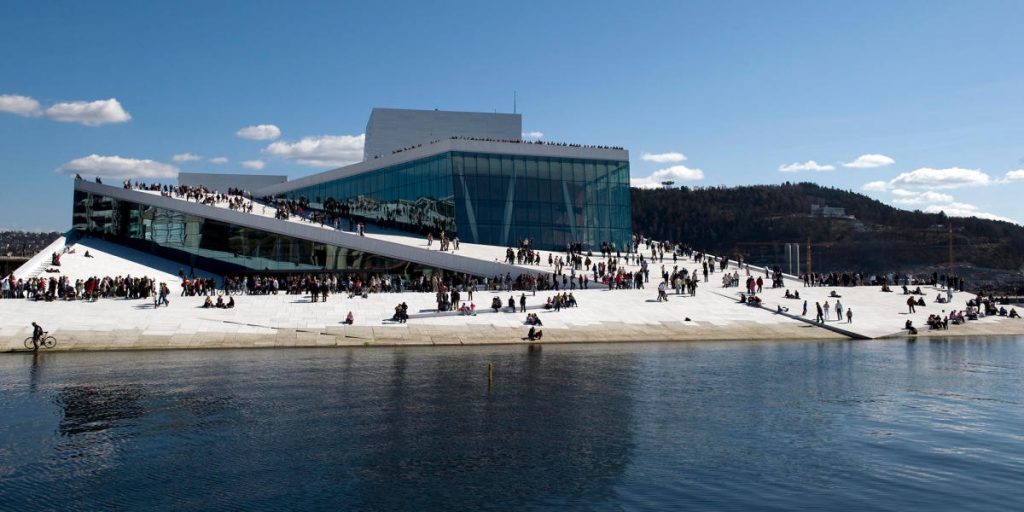
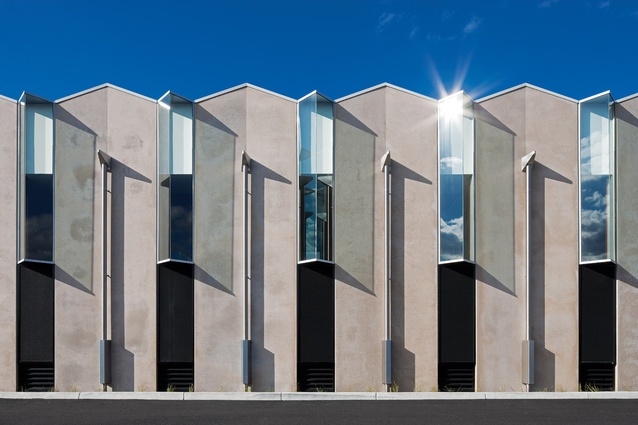

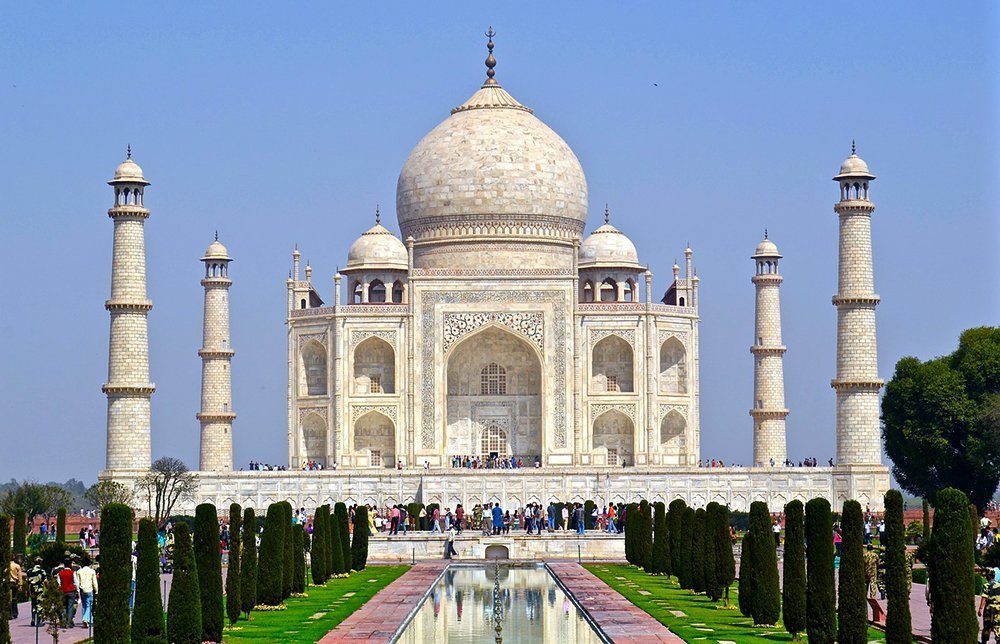

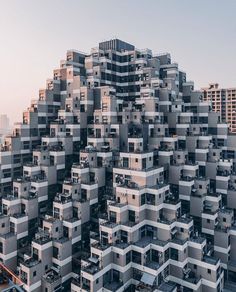


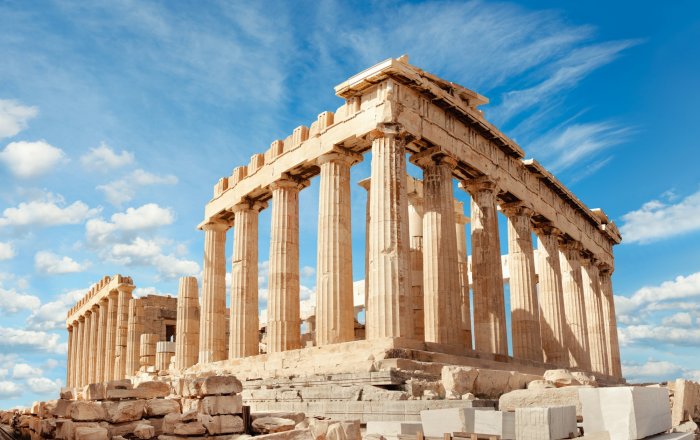
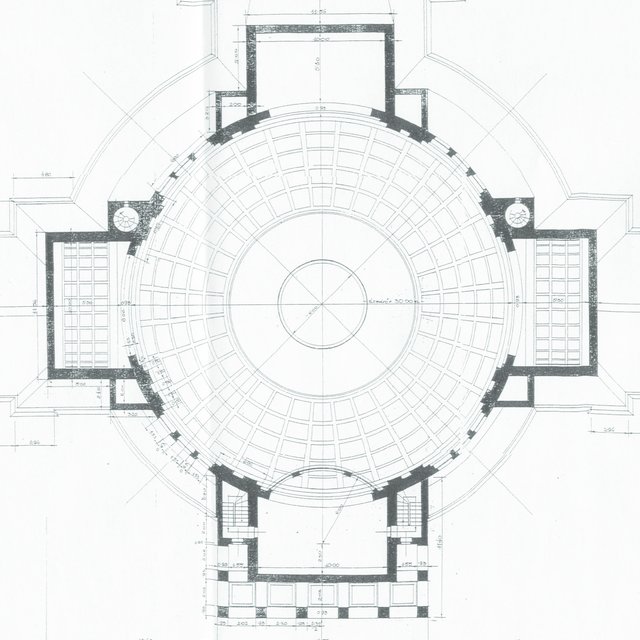
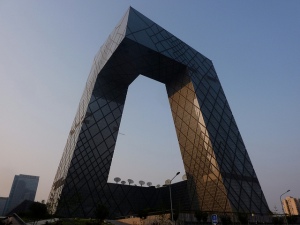
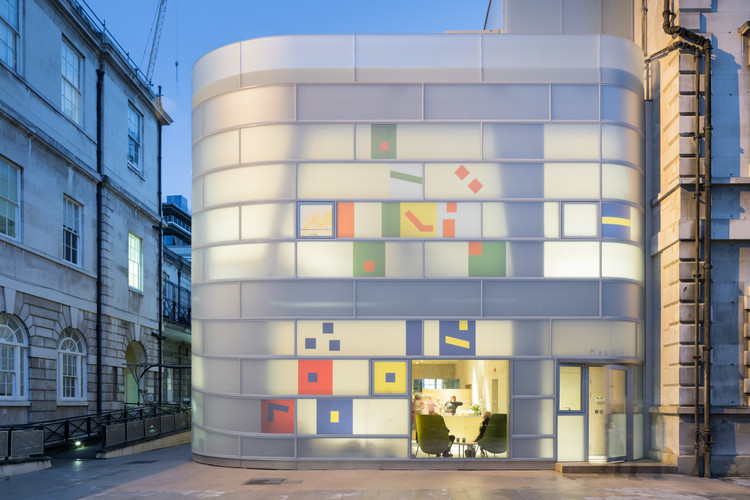
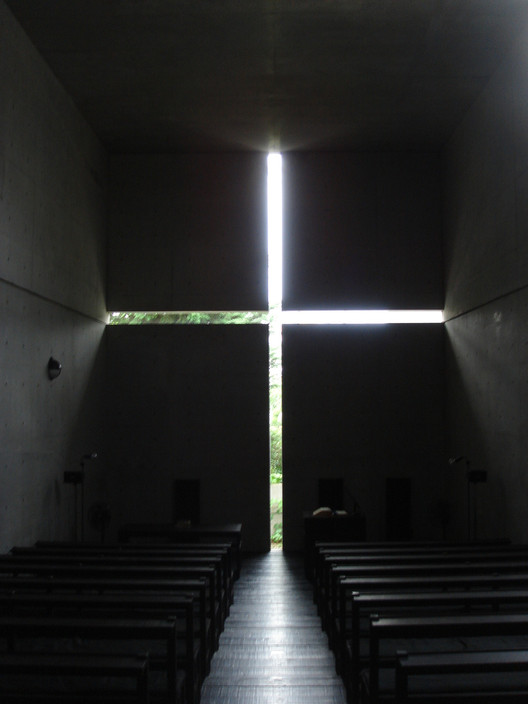
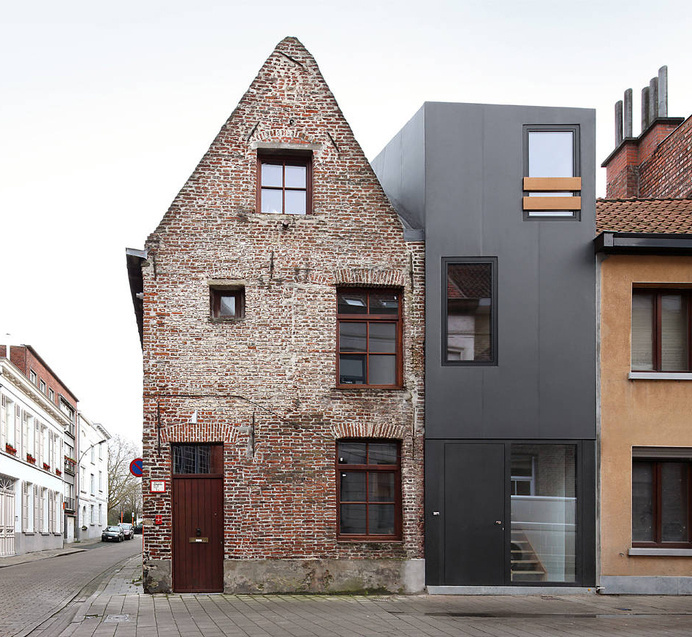
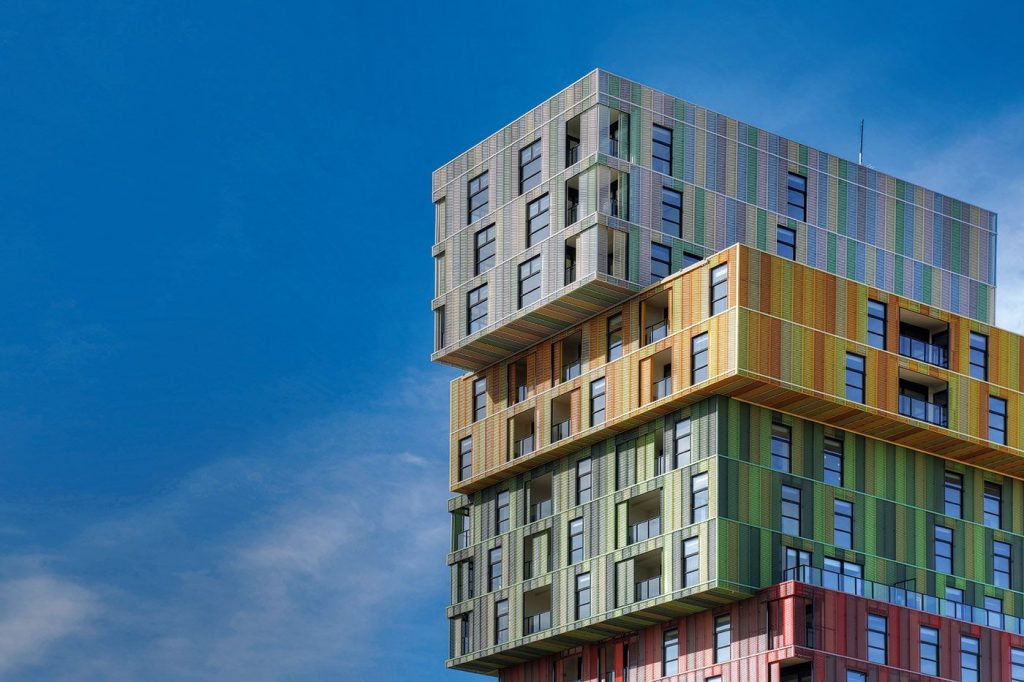

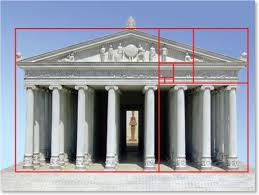
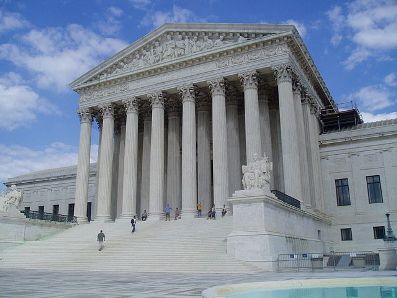


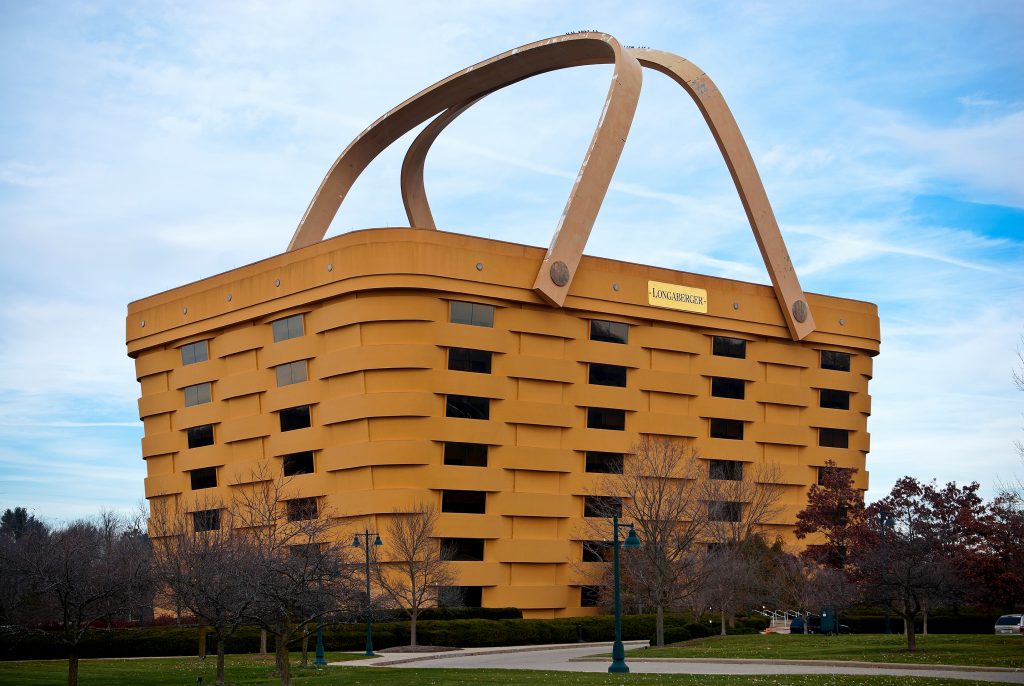
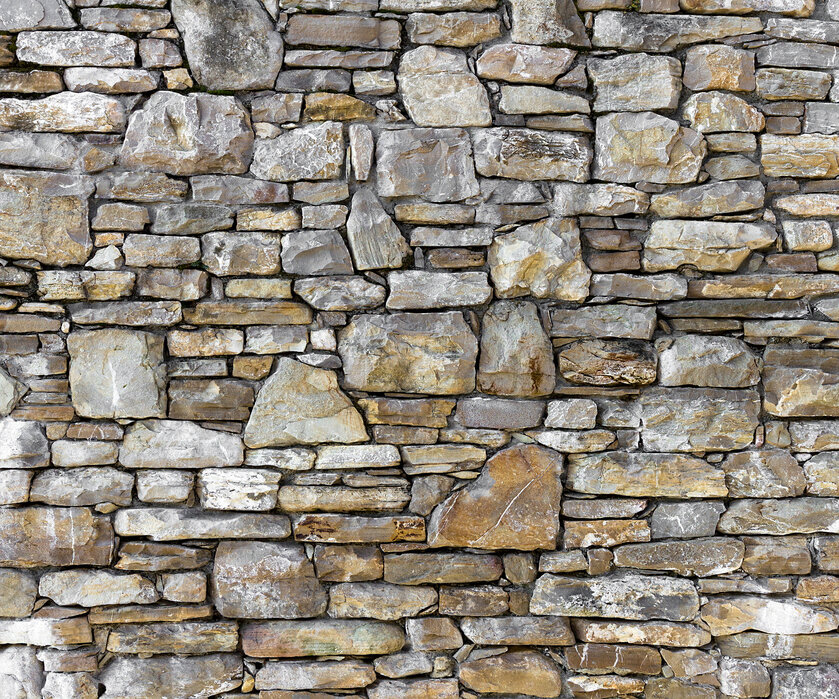
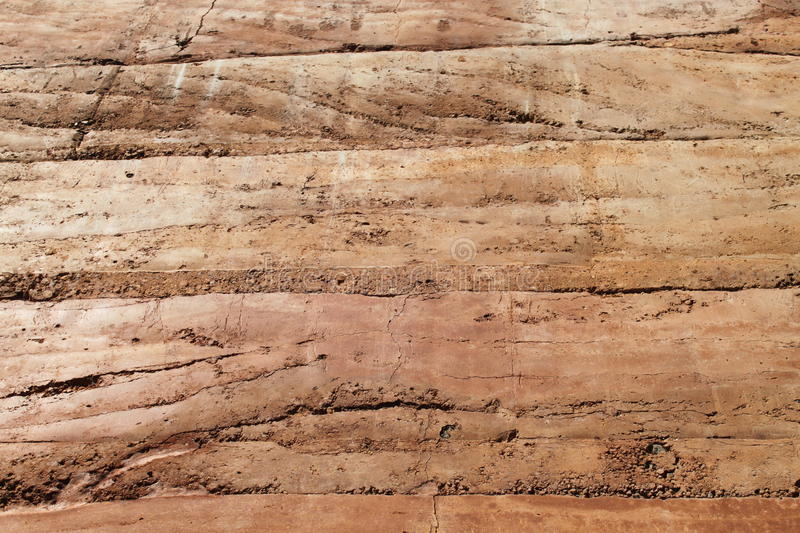
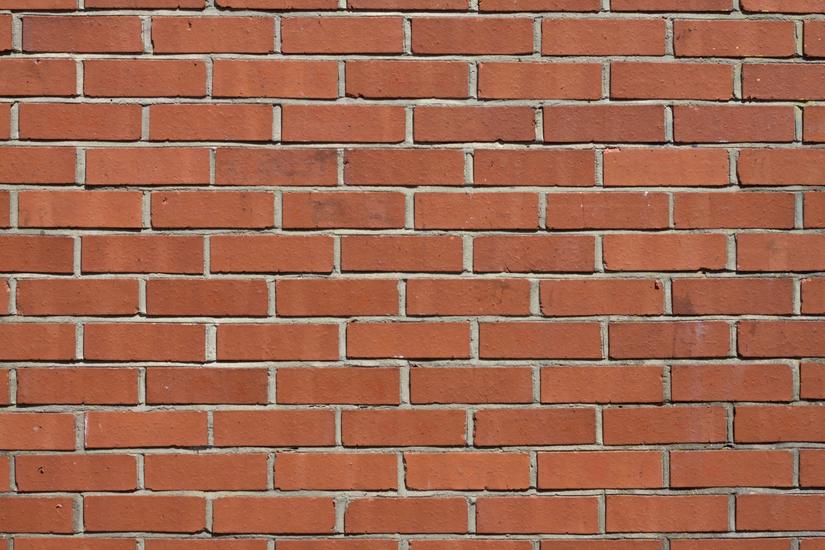
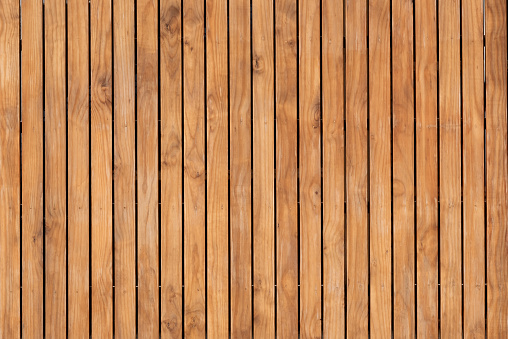

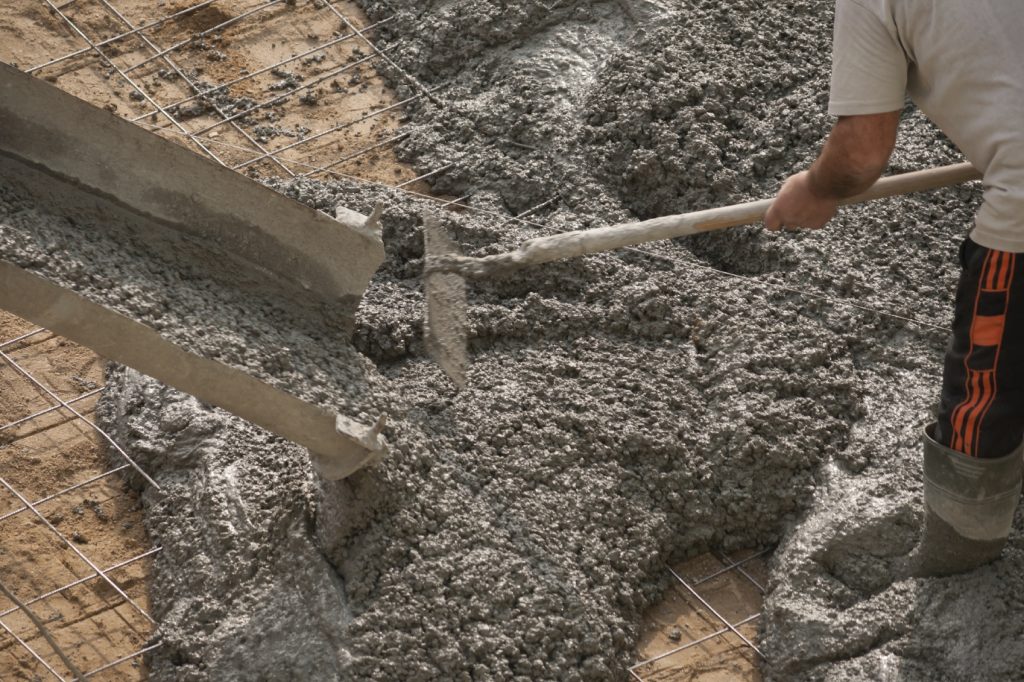

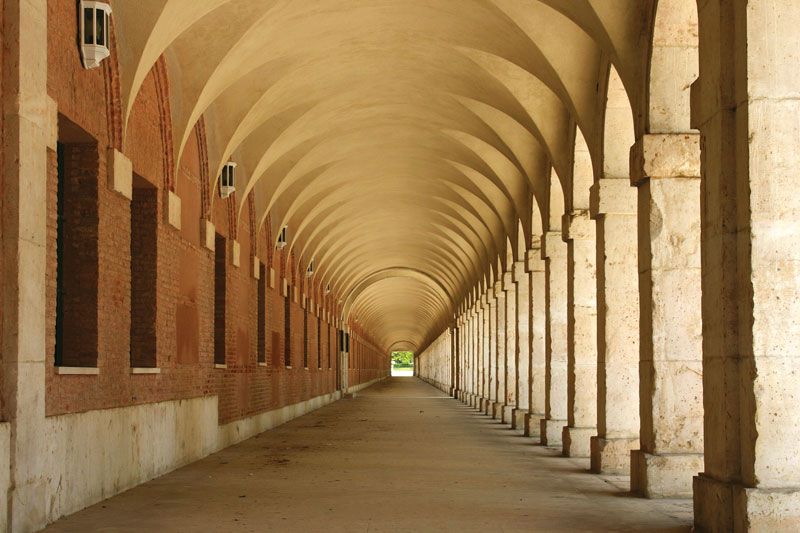
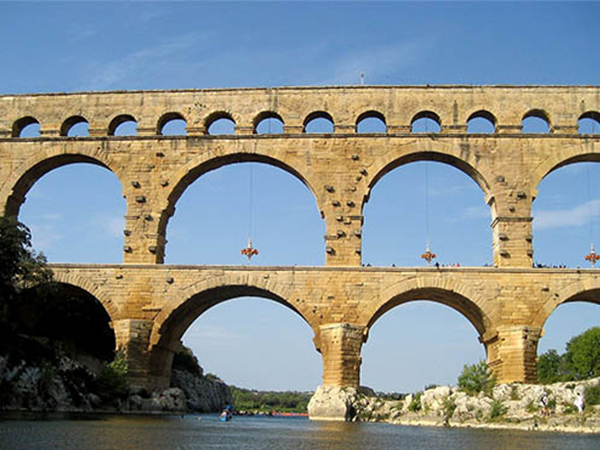
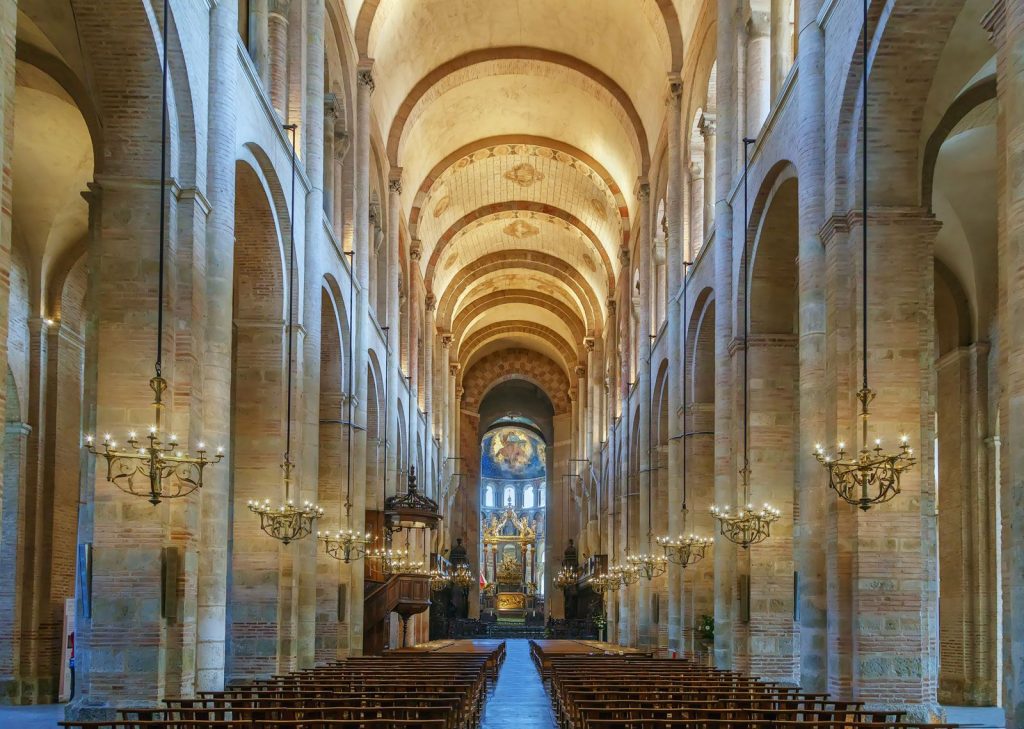
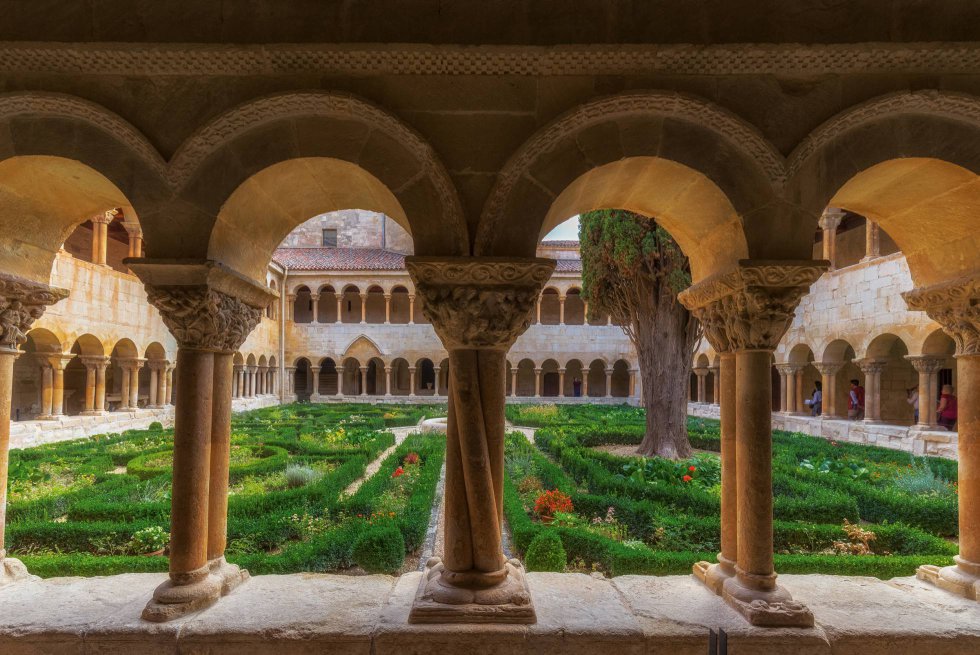
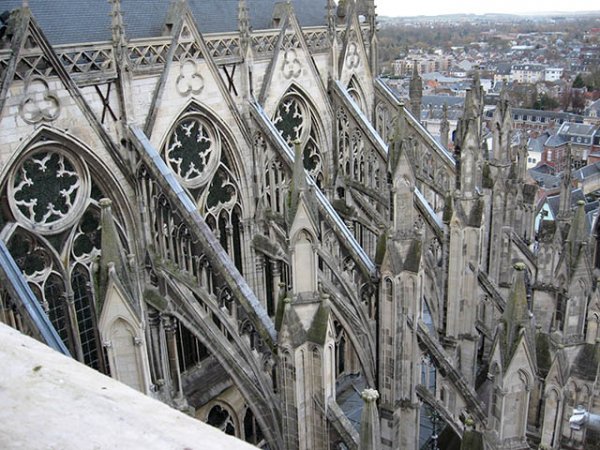
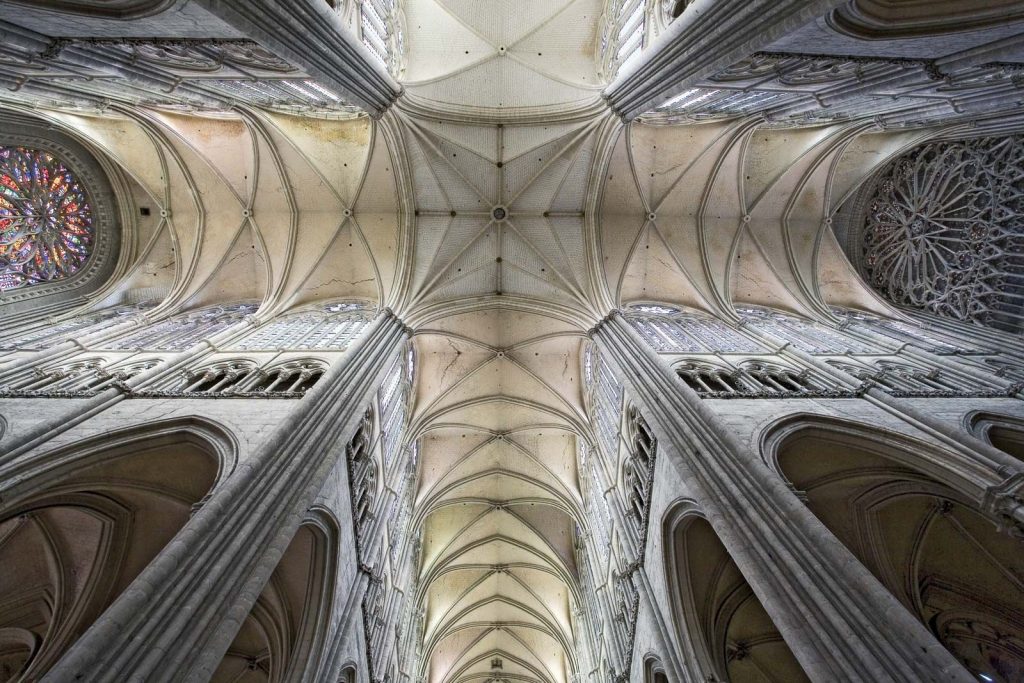
Hola, esto es un comentario. Para empezar a moderar, editar y borrar comentarios, por favor, visita la pantalla de comentarios…